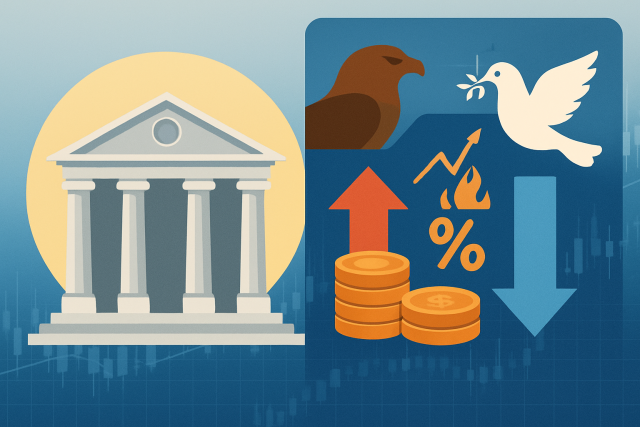
What's the Meaning of Hawkish Statements?
Hawkish statements signal central banks' concerns about inflation and interest rate hikes. Learn wha...
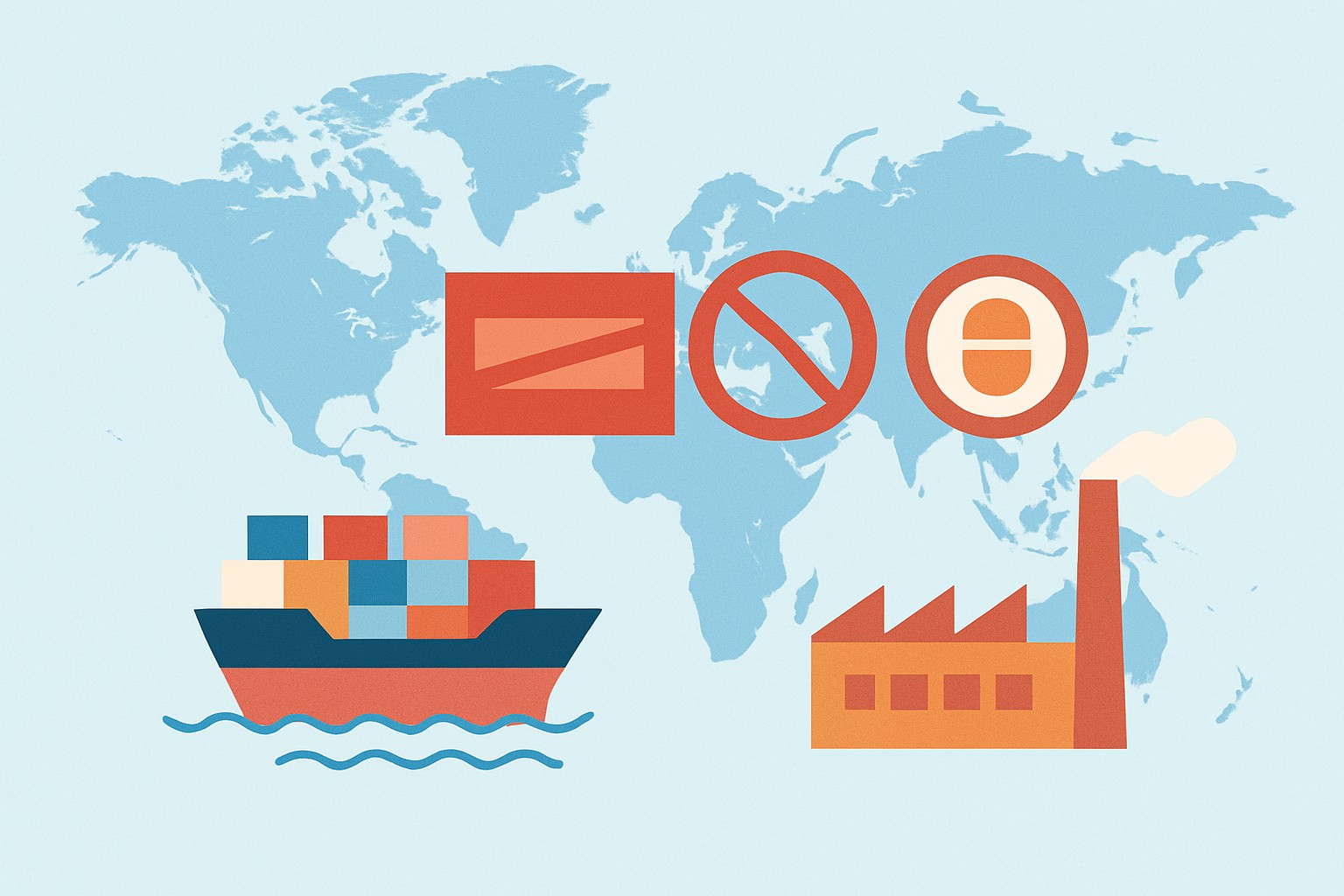
The protectionism definition often pops up in conversations about global trade yet its meaning and impact can feel fuzzy to many. We’ll break down what protectionism really means for trade and why countries sometimes turn to it. We will also explore the ripple effects it has on economies around the globe.
Let's dive into the somewhat tangled world of protectionism in trade. At its core, protectionism is like putting up fences around your backyard to keep the goodies in and the unwanted visitors out—in this case, those fences are tariffs, quotas, and regulations aimed at shielding local industries from foreign competition. While the idea sounds pretty straightforward, the ripple effects can be quite the mixed bag, depending on whom you ask and what you value most in a given economy.
Protectionism is about government policies aimed at helping domestic industries compete against foreign competition. This usually involves tariffs, quotas or subsidies that create hurdles for imported goods to make them less tempting and support local businesses.
Countries often roll out protectionist measures for a handful of key reasons. More often than not, governments want to safeguard local jobs especially in industries facing tough competition from overseas. Giving young or developing sectors some breathing room to grow is like giving them a fighting chance. National security is a big deal because countries want to keep control over vital resources or industries that play a role in defense.
Let's take a little stroll down memory lane to see how protectionism has evolved over the years. It is one of those ideas that’s been around the block more than a few times, shaping economies and stirring debates along the way. From early trade barriers to modern tariffs, protectionism has worn many hats. While some see it as a necessary shield for local industries, others view it as a tricky dance that can sometimes trip economies up. Either way, its history is rich, colorful, and definitely worth a closer look.
Protectionism has a storied past stretching back to mercantilism in the 17th century when countries aimed to boost exports and block imports to build their treasure troves. Over the years, these protectionist policies changed and affected trade through the industrial revolutions and global conflicts. In the 20th century, protectionism appeared often during tough economic times like the Great Depression. A spike in tariffs then ended up choking international trade rather than helping it.
| Period | Country/Region | Protectionist Measures | Short-term Outcomes |
|---|---|---|---|
| 17th-18th Century | European Powers (Mercantilism) | Rolled out hefty tariffs, set up monopolies, and dangled export incentives to boost their game | Managed to pile up wealth and stretch their colonial empires far and wide |
| 1930s | USA (Smoot-Hawley Tariff) | Slapped higher tariffs on thousands of products, hoping to shield domestic markets | Triggered a sharp trade collapse and sadly deepened the Great Depression’s woes |
| 1970s-1980s | Japan, South Korea | Leaned on import quotas and subsidies to nurture their industries like a gardener with prized plants | Saw impressive industrial growth and made their exports seriously competitive |
| 2018-2020s | USA and China | Threw tariffs into the mix and ramped up a costly trade war | Ended up hiking costs and throwing supply chains into disarray |
| Present | Various Emerging Markets | Mix and match tactics—tariffs, standards, currency controls—you name it | Gave short-term relief but also stirred up longer-term trade tensions that linger |
Global views on trade have certainly taken a few twists over time. After World War II the tide turned in favor of free trade and opened the door for organizations like the WTO and many trade agreements. Lately protectionist policies have been making a comeback due to political shifts, a surge in economic nationalism and growing concerns over who’s cashing in on globalization.
Protectionist measures come in all shapes and sizes. Each one tweaks trade by either hiking up the price of foreign goods or putting limits on how much can slip into the market.
Think of these as the extra taxes slapped onto imports, nudging up their price tag and often making shoppers think twice before reaching for those foreign goods.
These are like the gatekeepers setting strict limits on how much of a certain product can cross the border, effectively putting a cap on competition.
Financial boosts given to homegrown producers that help slash their production costs, giving them a leg up in the marketplace.
A set of rules requiring permits or specific product conditions that can put the brakes on the flood of imports.
When governments tinker with exchange rates to make their exports cheaper and imports a bit more dear, shifting the balance in their favor.
Extra tariffs designed to protect local industries from foreign goods that are sold suspiciously cheap, like someone trying to undercut the market.
Tariffs act like an entry fee for foreign goods trying to enter a country and usually push their prices above those of local products. Quotas limit the number of foreign items allowed in, like an exclusive guest list at a party. Subsidies give local businesses a financial leg up and make their products easier to afford. Licensing and standards act as gatekeepers to ensure only products that meet the right criteria enter the market. Controlling currency affects the cost of foreign goods and influences how much shoppers are willing to pay.
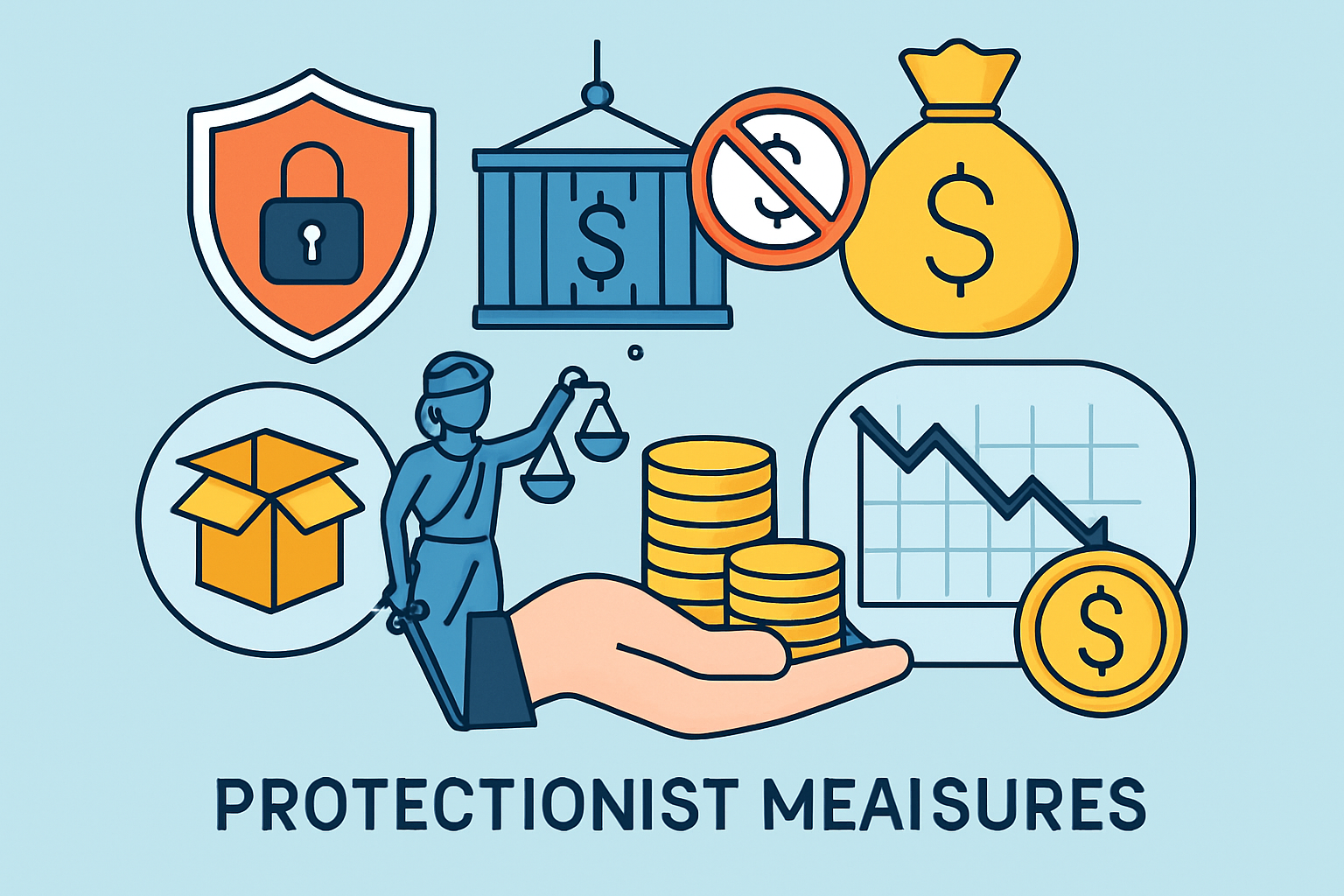
Infographic illustrating different types of protectionist policies and how they influence trade
Protectionism and free trade take very different approaches to handling international trade. Protectionism tends to lean on barriers as a cozy shield for domestic industries, while free trade is all about tearing down those walls so goods and services can breeze across borders with fewer hurdles.
Many people tend to paint protectionism as the villain and free trade as the hero but the reality is messier than that neat story. Both sides have their own ups and downs which depend on the economic backdrop, a country's development stage, and political goals.
Both protectionism and free trade have their parts to play in economic policy, each bringing something to the table. The real trick lies in striking that elusive balance between looking out for national interests and embracing global teamwork, all to pave the way for steady growth and lasting prosperity.
Protectionism affects many players from local industries and everyday consumers to international partners who keep the wheels turning. When governments introduce trade policies they are not just moving pieces on a chessboard. They shape economic growth, adjust prices and sometimes stir the pot in diplomatic relationships with trading partners.
Protectionist policies can sometimes spark trade wars with countries slapping tariffs and restrictions on each other. This tit-for-tat dance usually drives costs higher, disrupts supply chains and puts a real strain on diplomatic relationships.
Countries often lean on protectionist policies when economic uncertainty looms or political winds shift. Trade barriers usually crop up from concerns over unemployment, national security or unfair competition from overseas—essentially a way to shield homegrown interests.
Governments often step in to give newborn or fragile industries a fighting chance by shielding them from bigger well-established competitors right out of the gate.
There’s usually some action taken to call out and counter unfair trade tricks like dumping or sneaky foreign subsidies that can tip the playing field.
Making sure access to vital or limited resources stays intact is key for national security and to keep industries humming along steadily.
Protectionist policies often pop up as a reaction to job losses at home especially when globalization or rapid technological shifts shake up the workforce.
Political pressure sometimes whipped up by populist groups often nudges leaders to roll out visible trade barriers to show they’re doing something tangible.
Recent examples include the US-China trade tensions, where tariffs were slapped on to address trade imbalances and intellectual property squabbles.
Many economists and international groups frequently highlight that protectionism gums up smooth market workings and results in pricier goods for consumers. It also dampens innovation. The aim is to shield local jobs but protectionism often hinders economic growth and invites retaliatory actions from trade partners.
Proponents often argue that protectionism is essential to safeguard national sovereignty and encourage fair trade while building enduring economic strength.
The road for protectionism will probably bend and twist with shifts in geopolitics and leaps in technology and the ebb and flow of trade agreements.
The protectionism definition is expanding as digital trade, climate policies and supply chain resilience rapidly emerge as heavy hitters in shaping modern trade strategies. Countries seem to be cooking up new trade barriers or incentives linked closely to data flows and sustainability targets as well as the need for secure sourcing.
Tired of missing opportunities and making suboptimal trading decisions? TrendSpider's cutting-edge platform automates complex technical analysis, saving you time and reducing human error.
With multi-timeframe analysis, dynamic alerts, backtesting, and customizable charting, you'll gain a competitive edge in identifying trends and making informed trades across global markets.
As a dedicated trader, you know the power of technical analysis in navigating the financial markets. TrendSpider is the cutting-edge tool you need to take your trading strategies to new heights. With its advanced charting capabilities and automated pattern recognition, TrendSpider empowers you to make informed decisions faster.
20 posts written
Driven by an insatiable curiosity for behavioral economics and its impact on trading psychology, Sophia Dekkers offers groundbreaking insights into harnessing cognitive biases for improved decision-making.
Read Articles
Hawkish statements signal central banks' concerns about inflation and interest rate hikes. Learn wha...
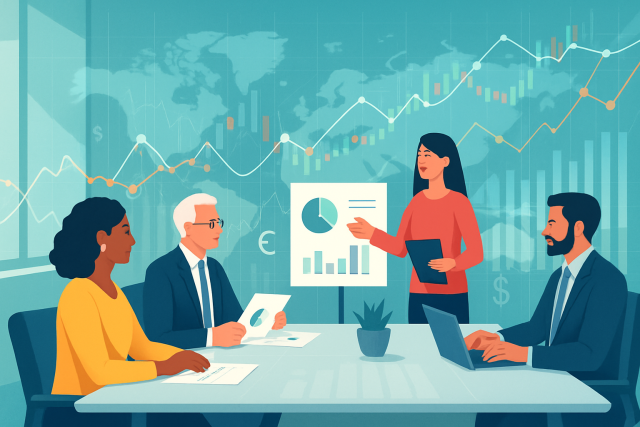
Discover the essential role of the monetary policy committee in shaping economies. Learn how it sets...

Discover how understanding and managing notional value empowers Binance traders to accurately assess...
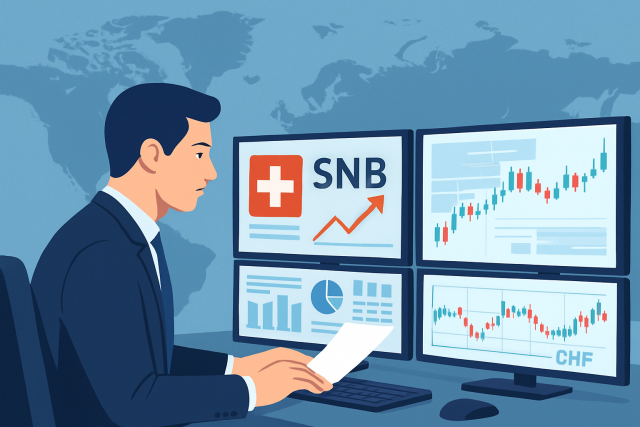
Discover how to interpret Swiss central bank announcements effectively to anticipate market moves an...
